8 Driest Places on Earth with the Least Rain throughout a Century
Advertisement
Earth, a blue planet that is combined the oceans with the atmosphere, which makes the planet look blue. About 70% of the earth’s surface is covered with water. But there are numerous places on Earth that receive rainfall less than even 0.76 mm annually. One place even receives absolutely no rainfall. Here we’ve gathered the top eight driest places on Earth. Keep reading and get to know.
1. Ica, Peru
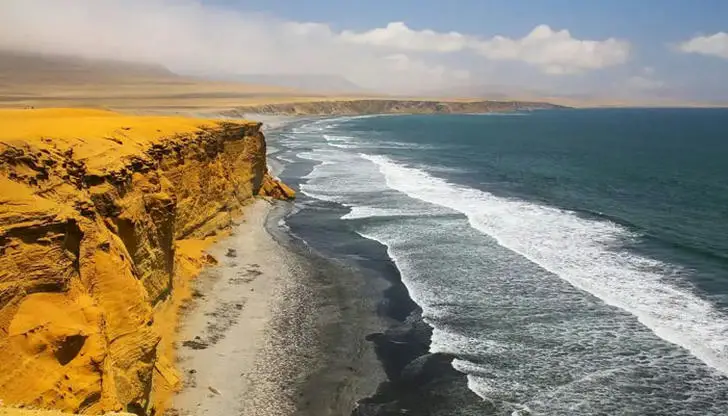
Average rainfall in Ica is 2.29 mm (0.09 in) per year. The city of Ica is located in the south of Peru. It lies on the border of the Atacama desert and has one of the driest climates in the world with only around 2.29 millimeters (0.09 inches) of rainfall for the whole year. Temperatures are hot during the summer months (December – March) and warm through the winter months (June – September). Now the region’s dry air makes pre-Columbian mummies prevalent, as human remains don’t decompose without humidity.
2. Luxor, Egypt
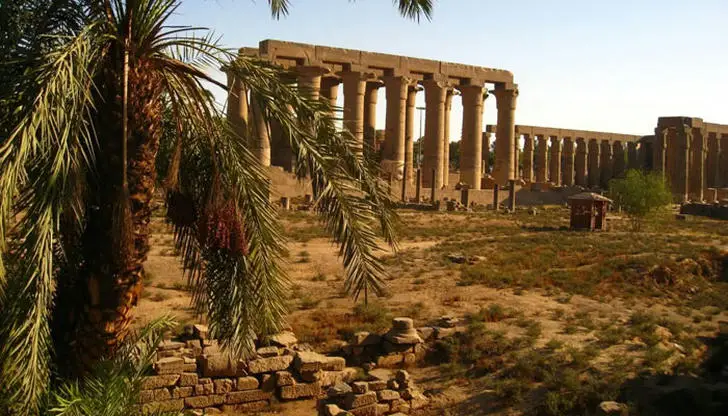
Luxor is a city situated in the south of Egypt, and it is one of the hottest, sunniest and driest cities in the world. Average high temperatures are above 40 °C (104 °F) during summer (June, July, August) while average low temperatures remain above 22 °C (71.6 °F). The climate of Luxor is extremely dry year-round. With less than 1 mm of average annual precipitation. The desert city is one of the driest ones in the world, and rainfall doesn’t occur every year.
3. Kufra, Libya
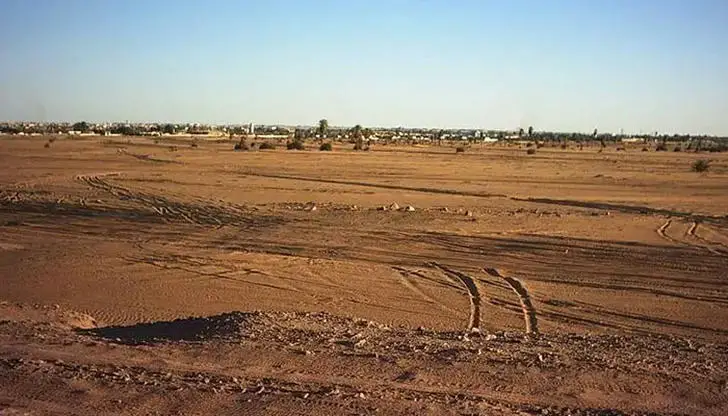
The average rainfall in Kufra is 0.86mm per year. Kufra is a basin and oasis group in the southeastern Cyrenaica in Libya. In the middle of the Sahara Desert, Kufra is the driest point in Africa and one of the driest places on Earth.
4. Africa, Chile
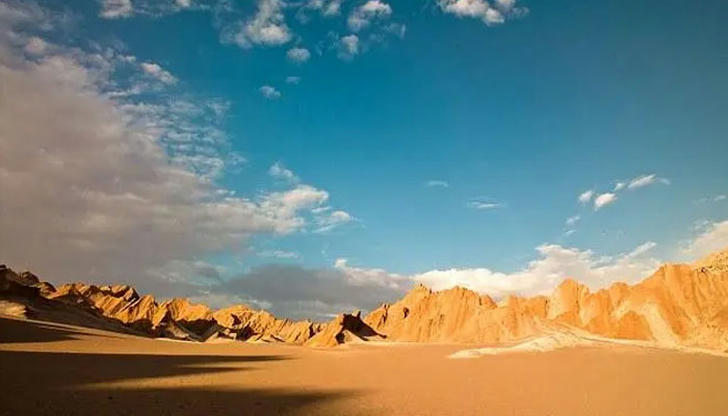
Africa is a commune and a port city with a population of 196,590 in the Arica Province of northern Chile’s Arica y Parinacota Region. Africa is known as the driest inhabited city on earth, at least as measured by rainfall: average annual precipitation is 0.76 mm (0.03 inches). Despite its lack of rainfall, humidity and cloud cover are high.
5. Atacama Desert
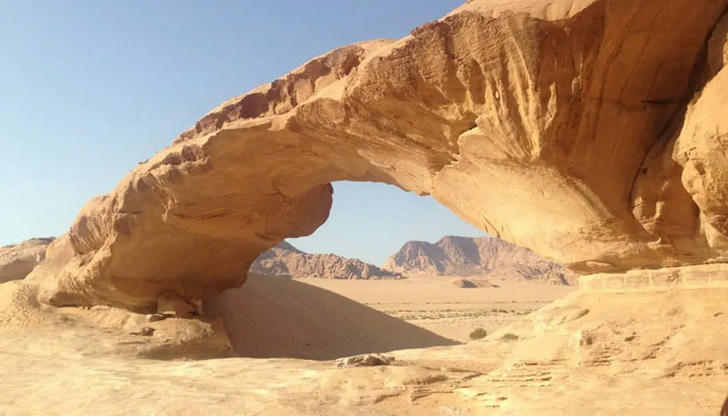
Atacama Desert is the surrounding area of Africa, it’s in a rain shadow that squeezes moisture out over the mountains and carries only dry air to the desert. Annual precipitation in the Atacama Desert is ten mm (0.04 inches), mostly from fog. This coastal desert is 600 miles long, stretching from the Pacific ocean inland to the pampas grasslands and the dry highland altiplano. Some places in the desert have not received rain in more than 500 years!
6. Sahara Desert
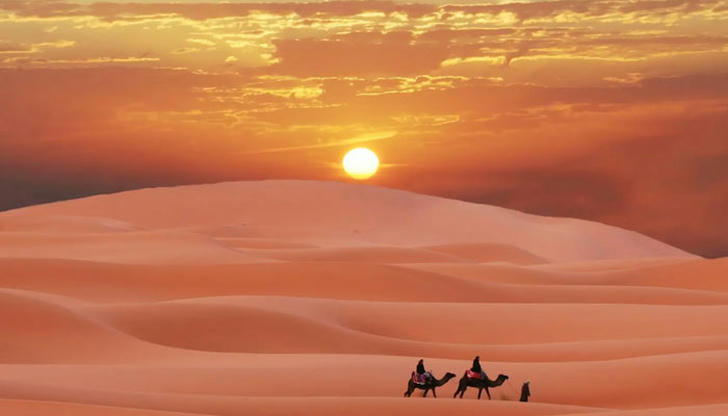
The Sahara Desert of northern Africa is the largest hot desert in the world. This hot desert has recorded a high temperature of 58 degrees Celsius (136.4 degrees Fahrenheit) at Al-Aziziya, Libya. Rainfall averages about ten centimeters (four inches) annually, with many areas receiving less, sometimes none for 100 years or more. Many areas have little to sparse vegetation.
7. Rub al-Khali
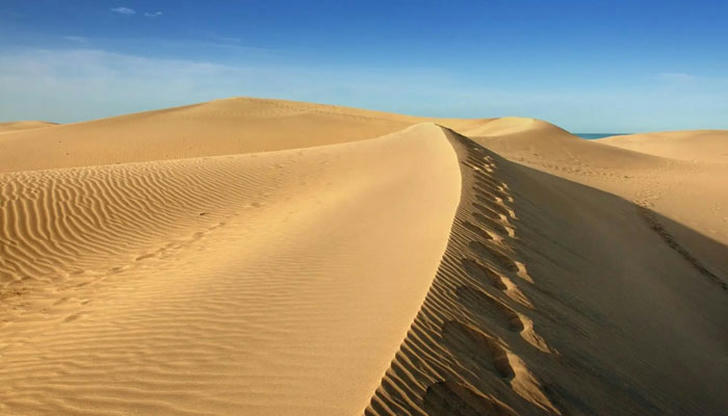
The Rub al-Khali Desert of Arabia is the largest sand desert in the world. Most of it has an average annual rainfall below 50 mm (two inches), but an area in the south of this desert has a mean annual rainfall of less than 16 mm (0.6 inches). The Rub al-Khali falls within the Arabian Desert that covers almost all of Saudi Arabia and extends into nearby Middle Eastern countries. Rainfall in the Arabian Desert is usually less than 100 mm (four inches) a year.
8. Dry Valleys, Antarctica
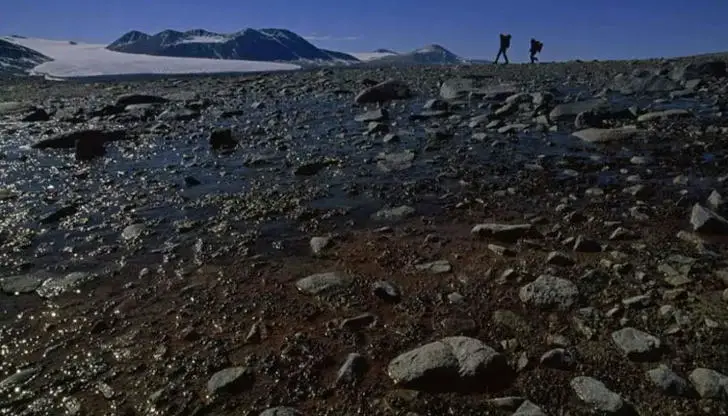
One of the driest place on Earth is an especially harsh spot on the driest (and coldest) continent of all: Antarctica, a true polar desert. Though Antarctica summons a mental picture of snow-covered terrain, its Dry Valleys are actually the world's driest spot. Over the center of the land mass, less than 50 mm (1.9 inches) of snowfall occurs.



